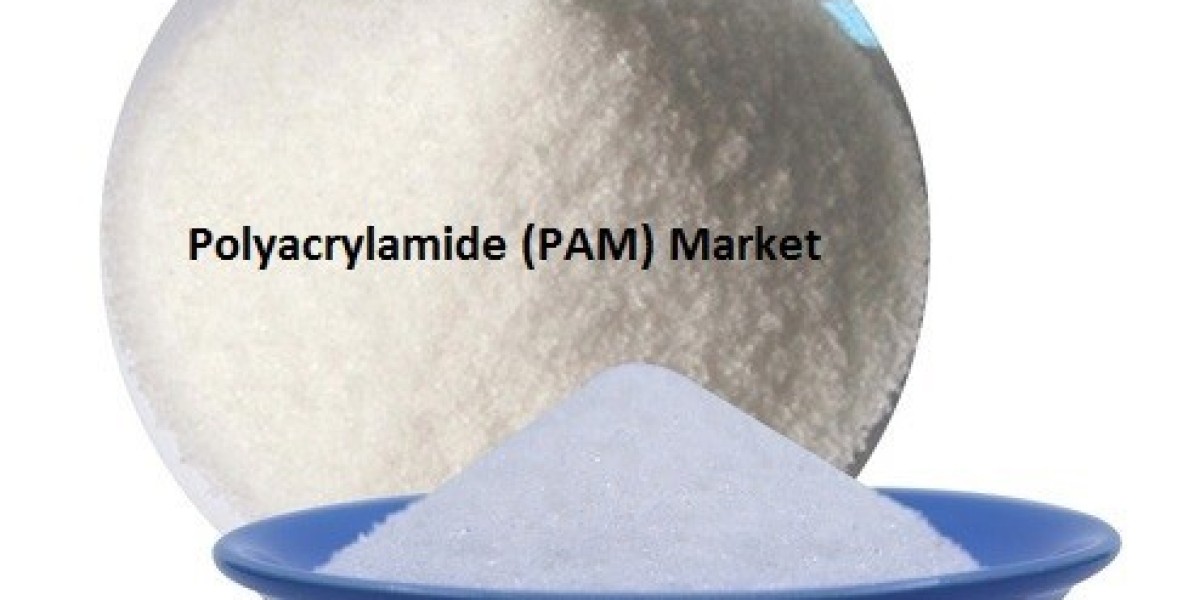Polyacrylamide (PAM) stands as a versatile polymer with diverse applications across industries, playing a vital role in water treatment, petroleum, agriculture, and other sectors. This blog explores the dynamics of the global polyacrylamide market, analyzing key drivers, applications, emerging trends, and future growth opportunities.
Understanding the Polyacrylamide Market:
Polyacrylamide (PAM) is a synthetic polymer derived from acrylamide monomers. It exists in various forms including anionic, cationic, and non-ionic, each offering specific properties suitable for different applications. PAM finds extensive use as a flocculant, thickener, soil conditioner, and friction reducer, among other functions.
Market Dynamics:
Water Treatment Sector: PAM is a cornerstone in water treatment processes, facilitating solid-liquid separation, sedimentation, and clarification in municipal and industrial wastewater treatment plants.
Enhanced Oil Recovery (EOR): In the petroleum industry, PAM is used for EOR processes to improve oil displacement efficiency, reduce water consumption, and enhance oil production from reservoirs.
Agricultural Applications: PAM is employed in agriculture as a soil conditioner and erosion control agent, enhancing soil structure, water retention, and preventing soil erosion.
Paper and Textile Industries: PAM serves as a retention aid and drainage aid in papermaking, as well as a sizing agent and dye-fixing agent in textiles.
Applications Across Industries:
- Water Treatment: Flocculation, coagulation, sludge dewatering.
- Petroleum Industry: Enhanced Oil Recovery (EOR), drilling fluid additives.
- Agriculture: Soil conditioning, erosion control, irrigation management.
- Paper and Textiles: Retention aid, sizing agent, dye-fixing agent.
Market Trends:
Environmental Concerns and Regulations: Stringent regulations regarding wastewater discharge and environmental impact drive the demand for effective water treatment solutions, boosting the adoption of PAM in water and wastewater treatment processes.
Advanced Formulations: Innovations in polymer chemistry lead to the development of high-performance PAM formulations with improved efficiency, lower toxicity, and enhanced compatibility with various water chemistries.
Focus on Sustainable Agriculture: Growing awareness of sustainable farming practices fuels the use of PAM in agriculture for soil conservation, water management, and improving crop yields while minimizing environmental impact.
Future Prospects:
The global polyacrylamide market is poised for substantial growth, driven by increasing demand from water treatment, petroleum, agriculture, and other sectors. Innovations in PAM formulations, sustainable practices, and expanding applications will shape the market's evolution in the coming years.
Conclusion:
Polyacrylamide plays a pivotal role across multiple industries, offering versatile solutions for water treatment, petroleum extraction, agriculture, and manufacturing processes. Navigating the polyacrylamide market requires awareness of industry trends, regulatory landscapes, and technological advancements. With a focus on innovation, sustainability, and customized solutions, the PAM market presents significant growth opportunities and contributions to global industrial and environmental sustainability goals.







